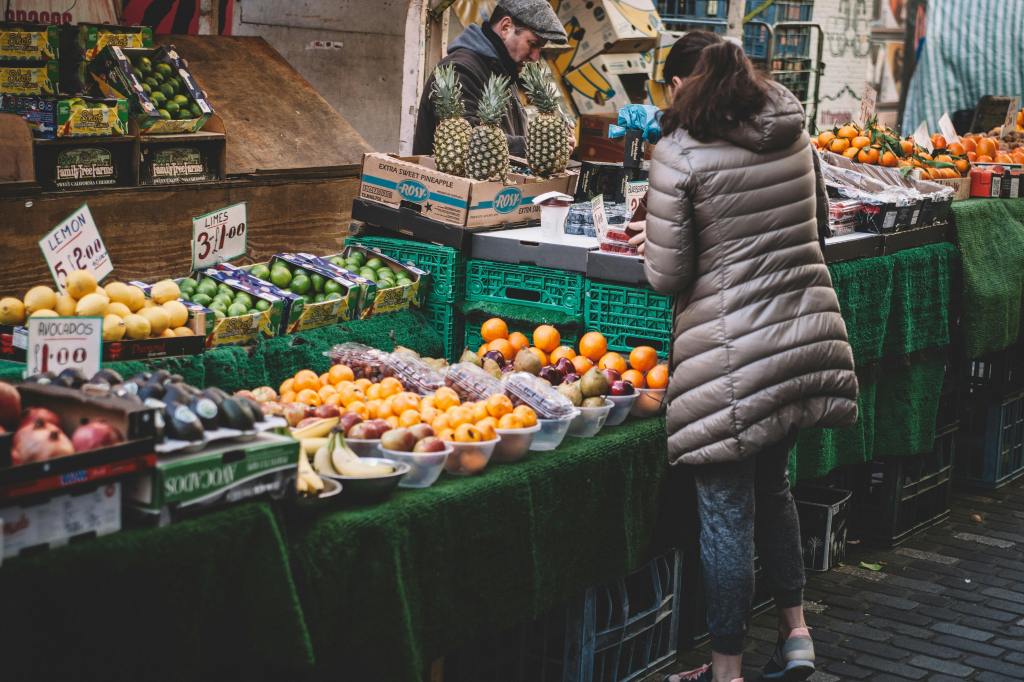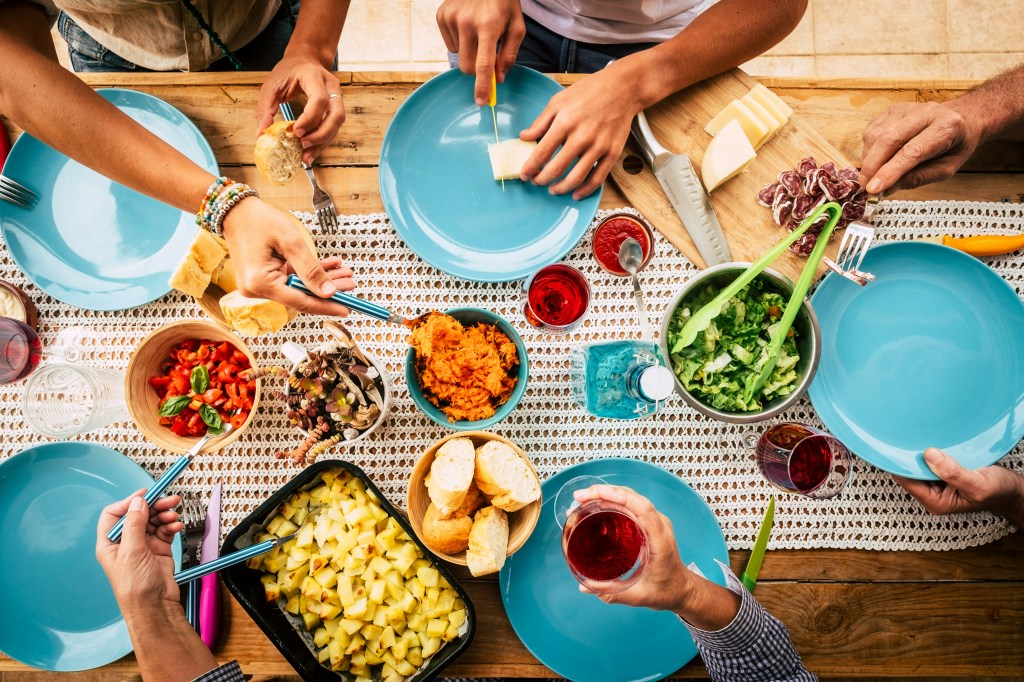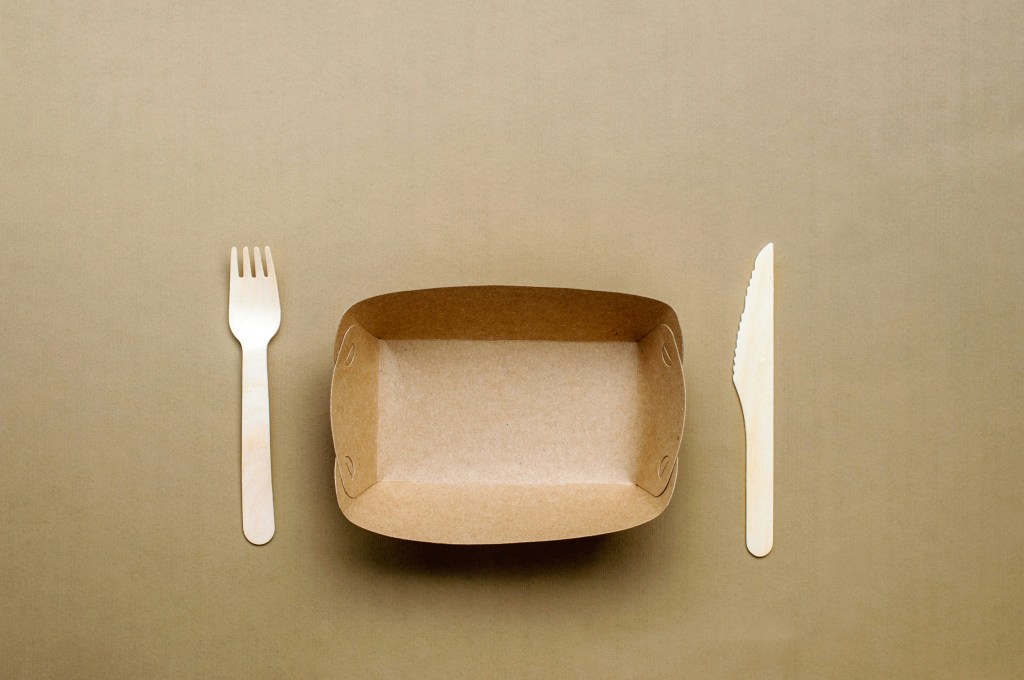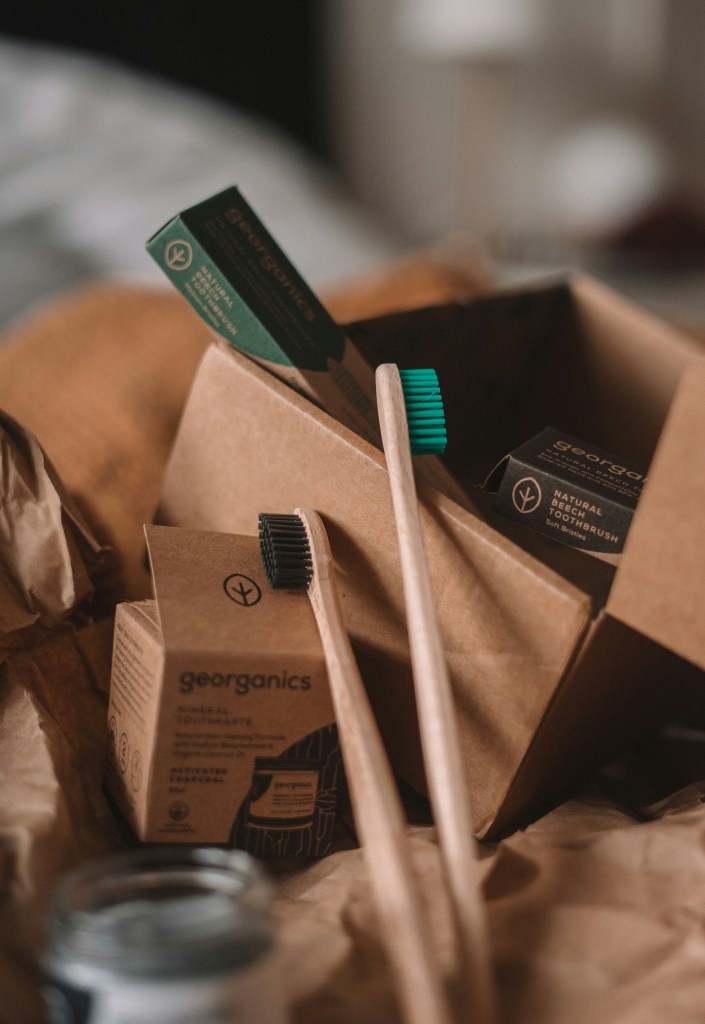The sustainable fungus / mycoprotein benefits, superfood, and future of food products
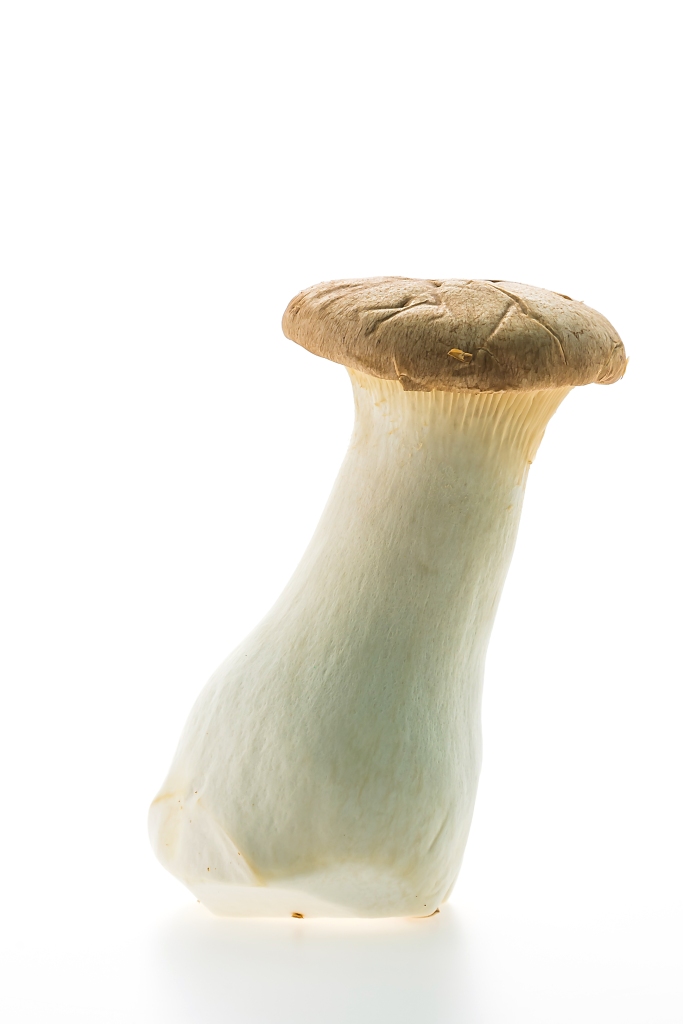
Image credit: Freepik by mrsiraphol
Mushroom
Versus…

Image credit: Freepik by irrmago, Mycoprotein
Mycoproteins and fungal—the new superfood
Over the past few years, there is new mycoprotein research coming out. For example, the article talks about how it’s a protein sustainable food source discovered in the 1960s. There are several fungal protein benefits to this new superfood. First, there might be an association with lower total cholesterol, among people with hyperlipidemia. Second, there is not enough evidence on effects of mycoprotein role on blood glucose and insulin level. Lastly, fungal protein nutrition provides the essential amino acids and fiber, especially mycoproteins—more on the difference between fungus and mycoprotein—in a later section of this blog. There is evidence that the mycoprotein provides muscle protein synthesis, and therefore I would think it would be a good source for athletes, vegetarians, vegans, and other plant-based diets.
Continue reading
